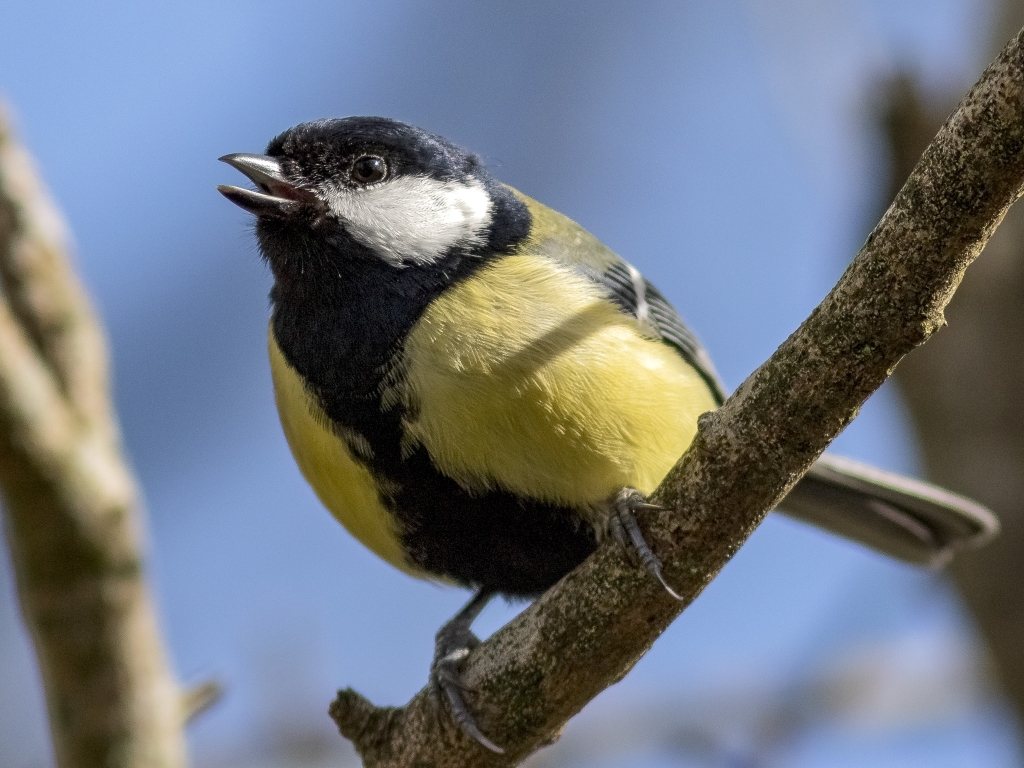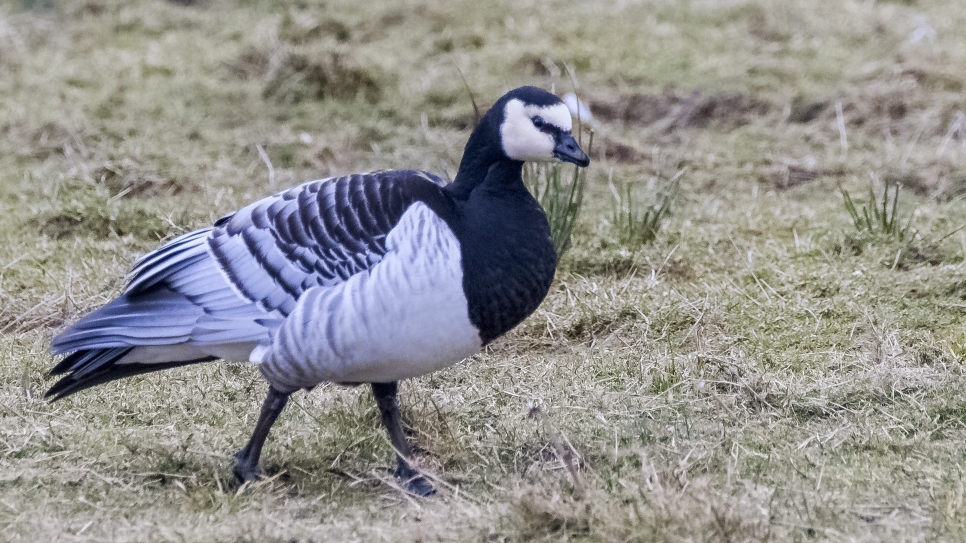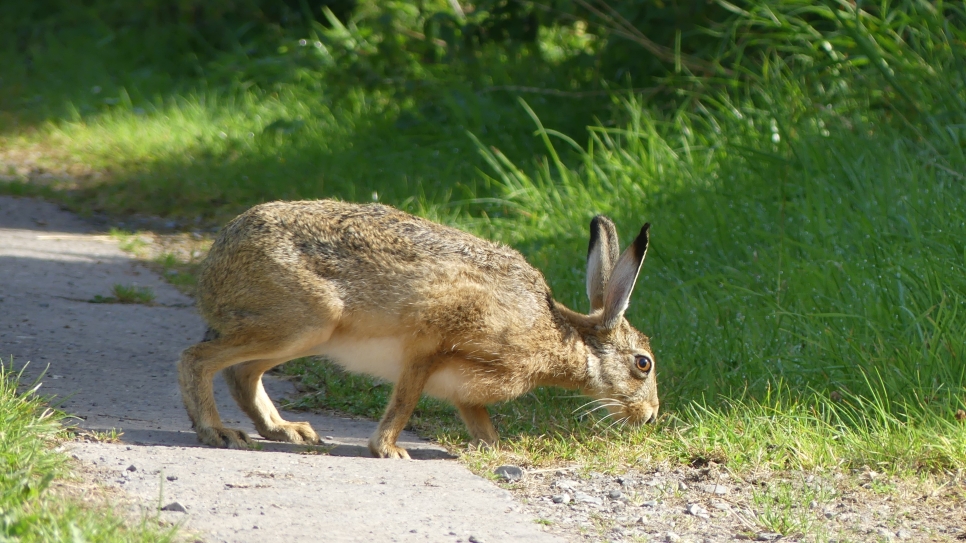High altitude adaptations
Many of our migrant birds have been pouring onto our reserve the past few weeks. Seeing this migration spectacle everyday has me pondering birds ability to fly such long distances under harsh conditions.
Whooper swans are some of the first to spring to mind for me, mainly due to their enormous size with some individuals topping 14kg. Their migration is a non-stop flyover from Iceland to Scotland at heights of up to 8000m completed in around 12 hours. They achieve this feat with a massive 2.5m wingspan that allows for optimum flight for their large statures.
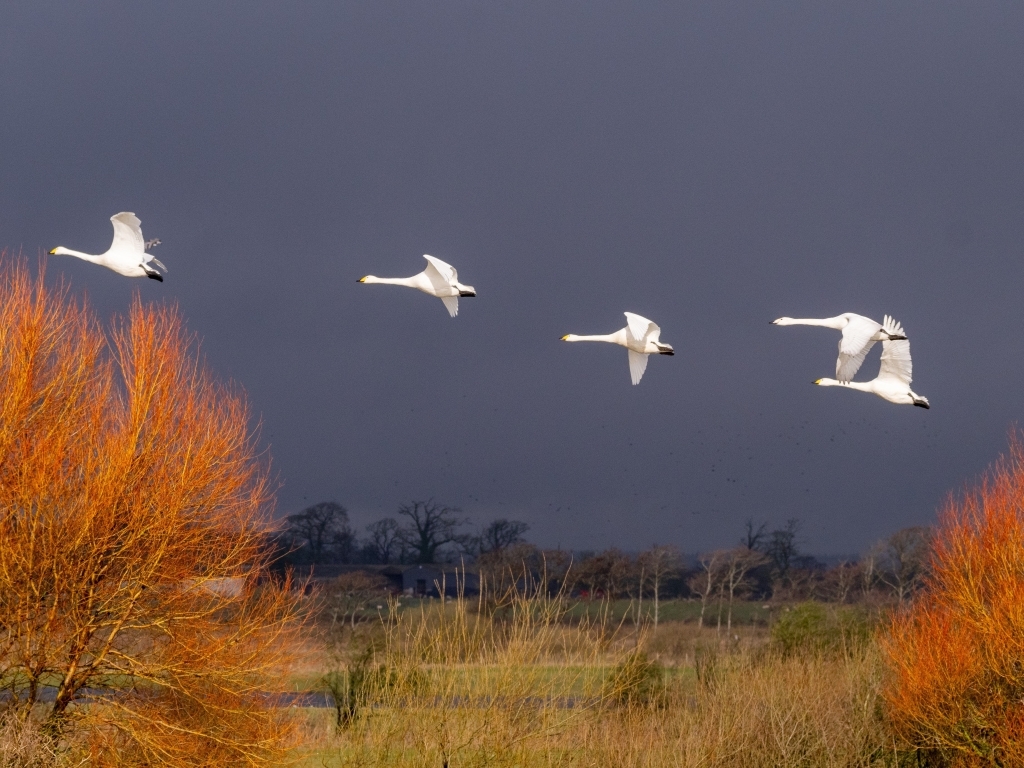
picture by Peter Jordan
Another adaption is maintaining formation within flocks. This is readily apparent in pink footed geese flocks, individuals grouped in a typical ‘V’ shape. This formation decreases the wind resistance on the whole flock - they instinctively use aerodynamics to their benefit. The flight formation effectively reduces energy consumption in the flock, allowing them to fly for longer distances without stopping to feed.
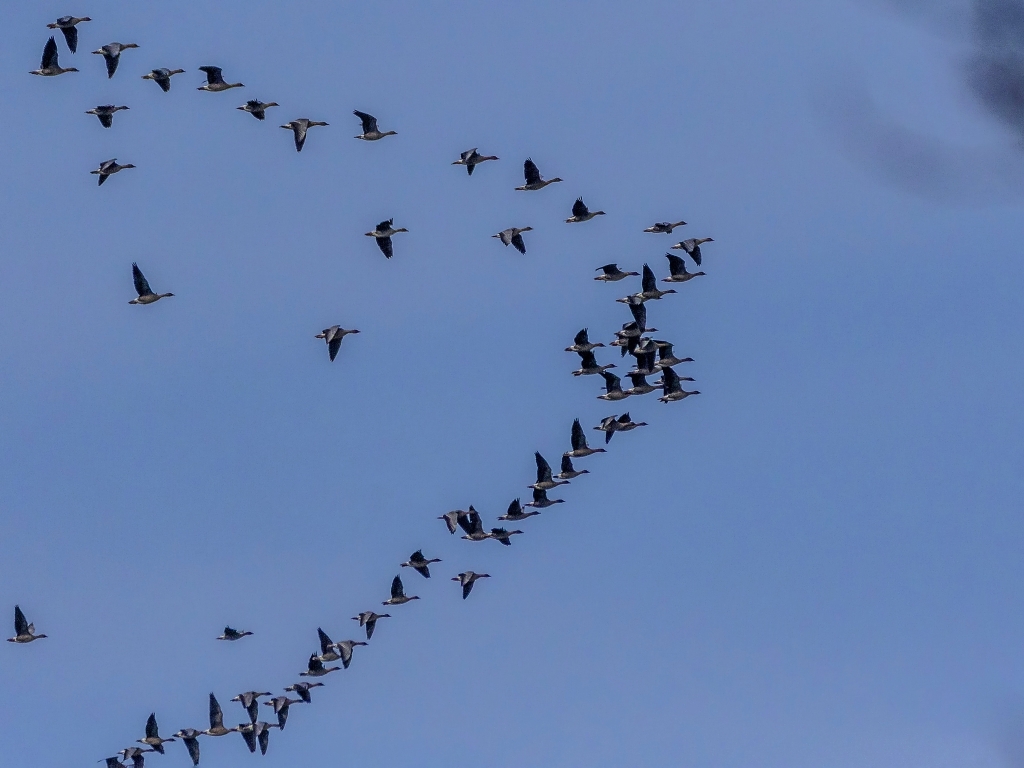
picture by Alex Hillier
The cardiovascular system is a prime example of bodies evolving to promote migration. Birds have very efficient lungs compared to mammals allowing for oxygen to be more readily absorbed into their bloodstream. This is especially important due to lower oxygen availability at high altitudes. These high altitude migrators can also have adaptive haemoglobin within their blood, allowing them to transport even more oxygen around the body on a short term basis.
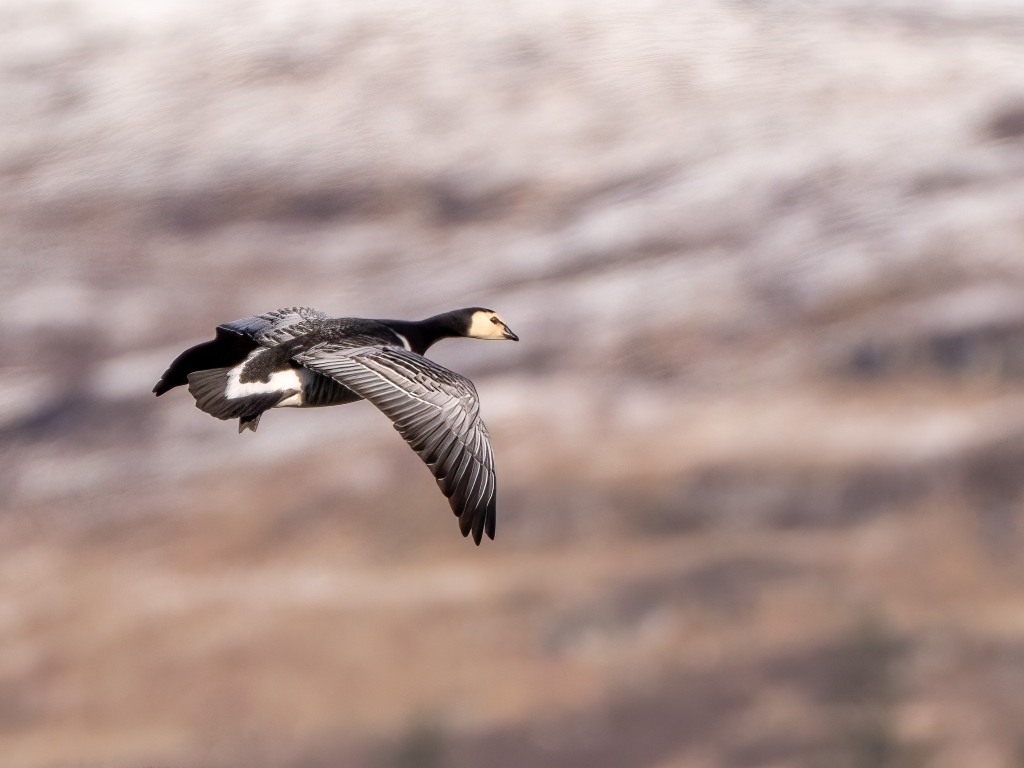
photo by Peter Jordan
So whenever I see some swans in a lumbering flight close overhead or flocks of geese in their V formations, it stops me as I appreciate how eons of evolution have forged these ultimate flying machines.
Feature image of greylag geese by Alex Hillier
Words by Charlie McGrath

